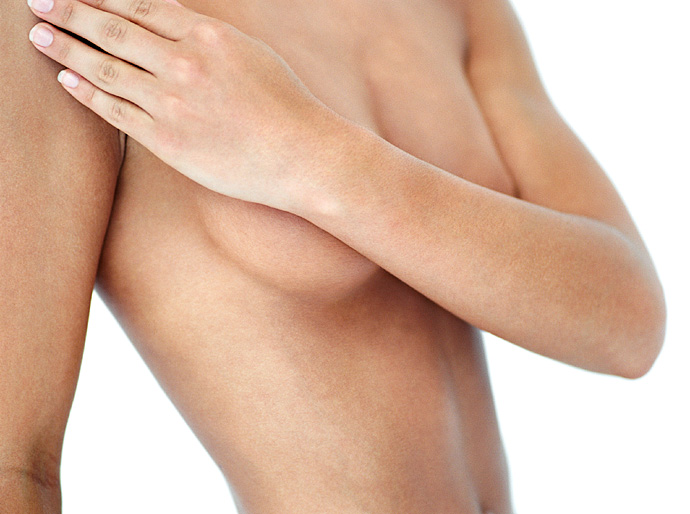Oftentimes the final step in a woman’s breast reconstruction journey, autologous fat grafting is used to smooth and shape reconstructed breasts with the patient’s own fat cells. During mastectomy, the oncologic surgeon removes all breast tissue, which extends much further up the chest wall than many realize. This may leave the upper portion of the reconstructed breast looking less full than it once was, even with implants. Additionally, the skin that remains after mastectomy is rather thin, so supporting the weight of an implant may create imperfections such as ripples and divots. Fat grafting seeks to fix these issues, filling in problem areas to achieve a more natural looking contour.
WHY FAT GRAFTING?
Autologous fat transfer has a long history in both reconstructive and cosmetic procedures, owing to the numerous advantages of using the patient’s own tissue. Since the fat cells are harvested from the patient’s body, they are already 100% compatible and there is virtually no risk of allergic reaction (as can happen with synthetic fillers). As an added bonus, the fat is harvested from an area that has tissue to give – usually the thighs or belly.
THE PROCEDURE
Fat grafting may be performed at almost any stage of breast reconstruction, but it is most often done either concurrently with the expander/implant exchange procedure or as a separate procedure later on. During the procedure, Dr. Kim first uses liposuction to harvest fat from the predetermined donor site. Technique is crucial during this step, as the living fat cells must be preserved, or else the transfer has the potential to fail. After the harvest, the fatty tissue is filtered to remove red blood cells and other components, leaving only the fat cells in a fluid. Finally, Dr. Kim uses an instrument called a cannula to meticulously inject the fat in a layer of skin below the dermis wherever volume is needed.
POST-OPERATIVE EXPECTATIONS
Studies show that about 50% of injected fat is retained permanently, with the other half being reabsorbed by the body over time. For this reason, a patient may choose to have multiple rounds of fat injections, depending on both her anatomy and goals. In terms of scarring, only a very small incision is made at the donor site, and there is little to no scarring at the injection site(s). Additionally, the patient will be slightly slimmer at her donor site. Post-operatively, she can expect to have mild to moderate bruising and swelling of her breast(s) and donor site, which will subside over the next few days.
To find out more about fat grafting and what procedures are right for you, schedule an appointment with Chicago plastic surgeon Dr. John Kim today!
